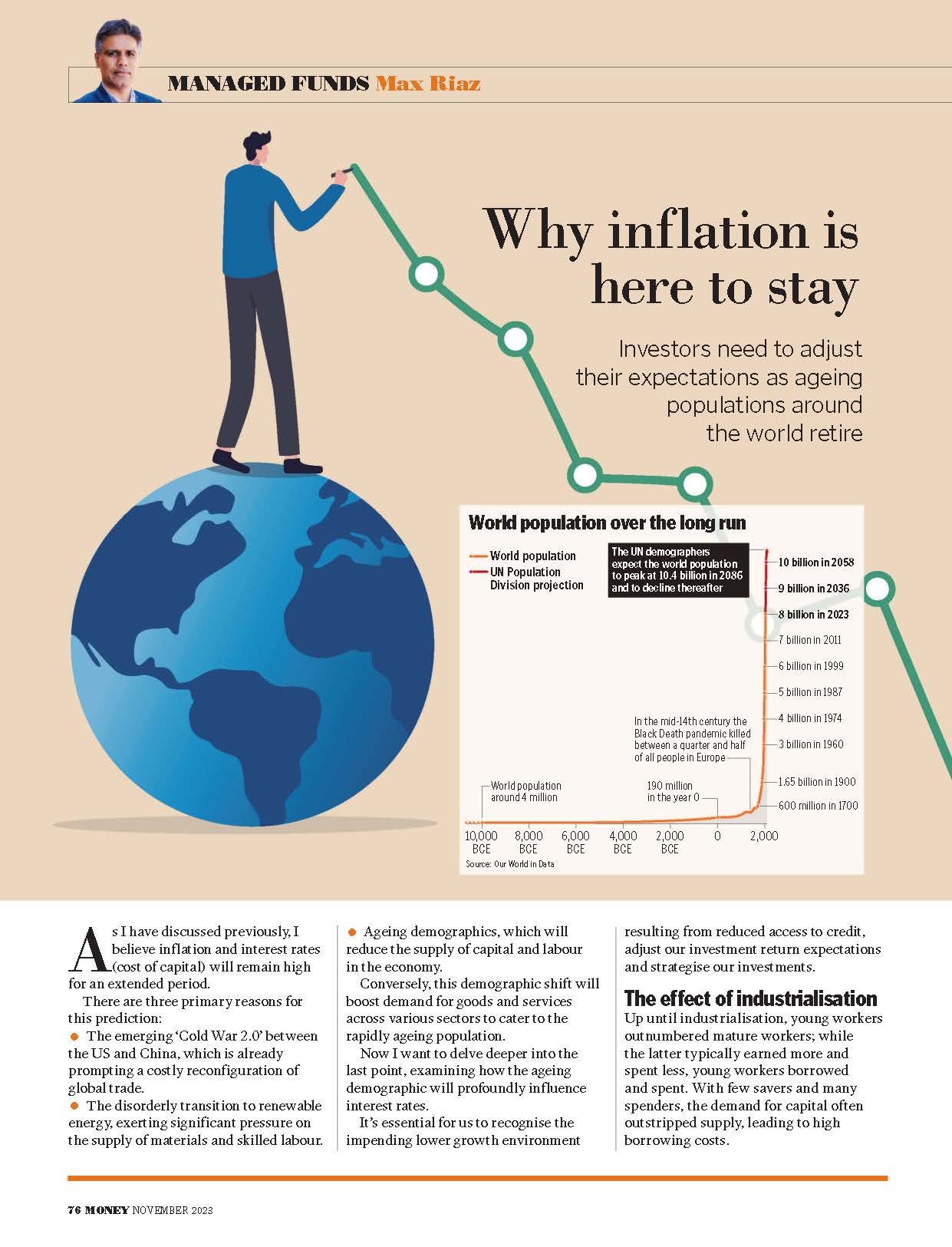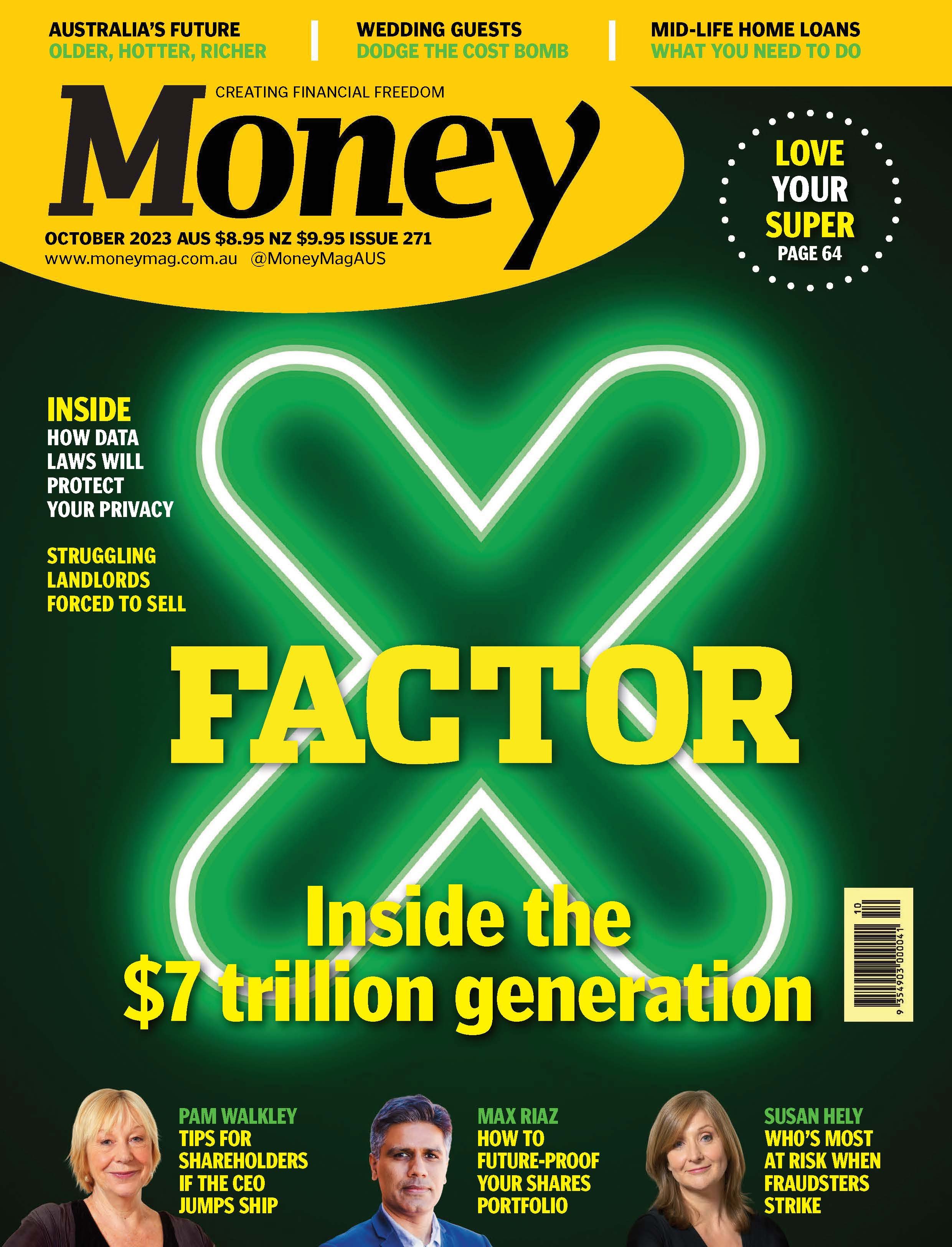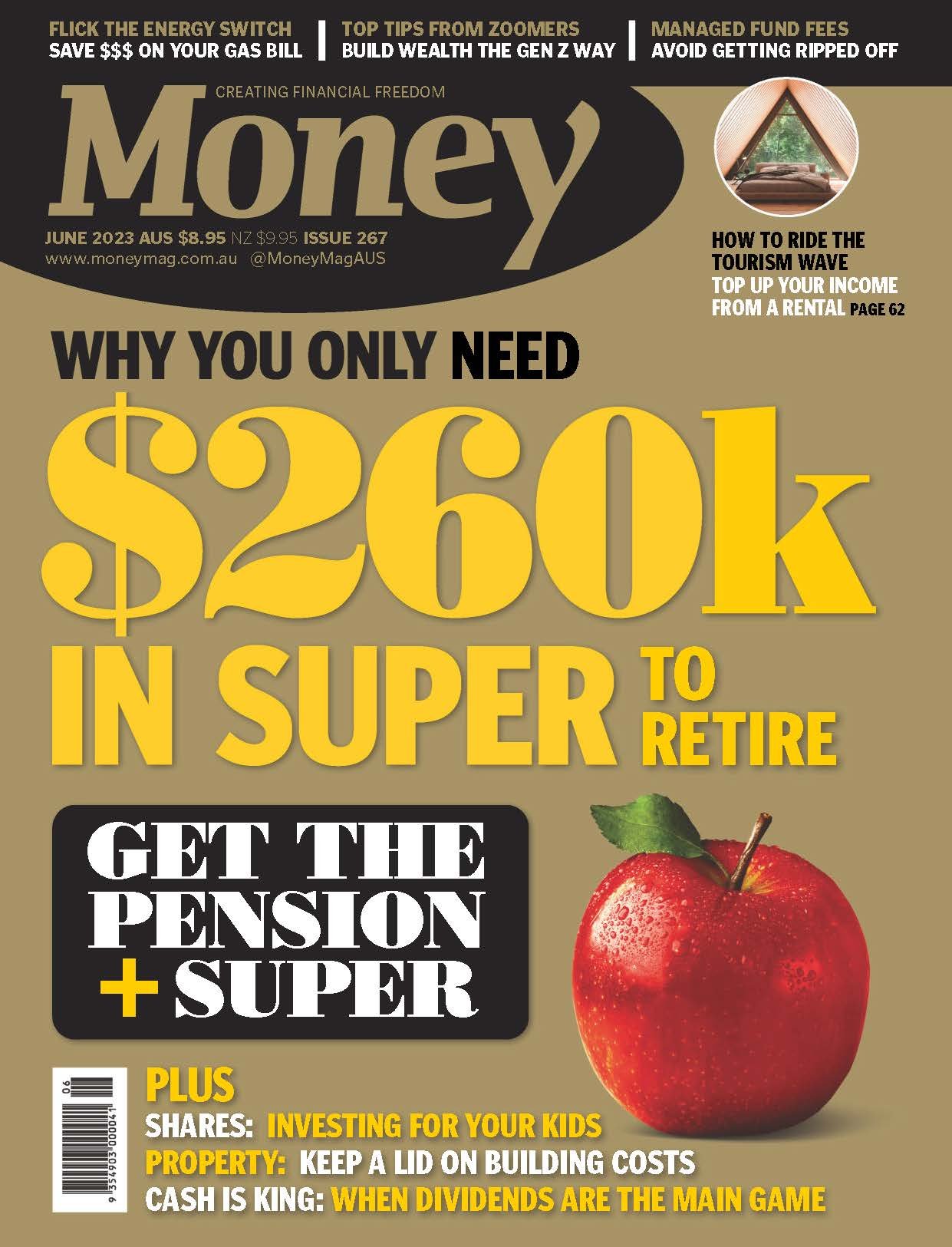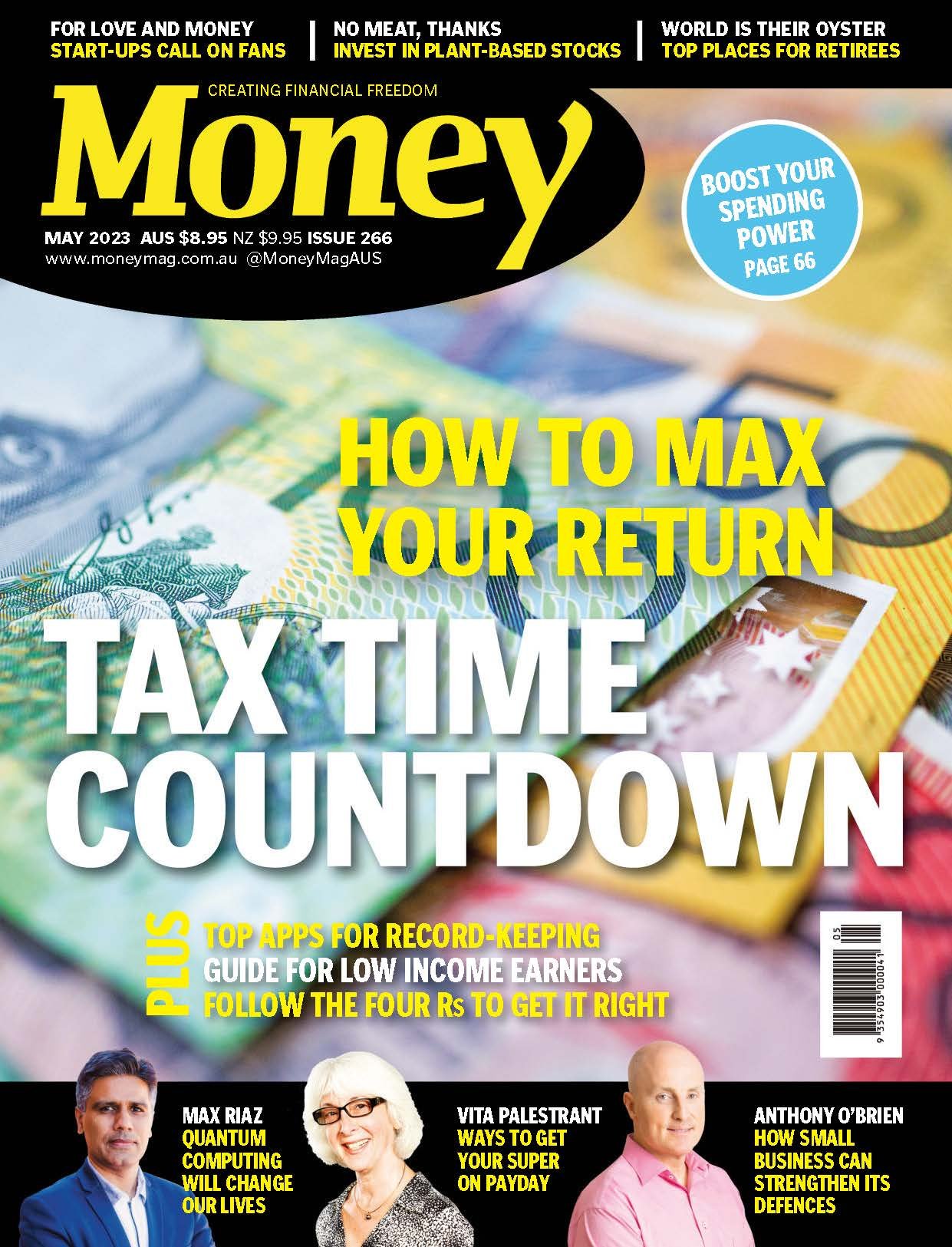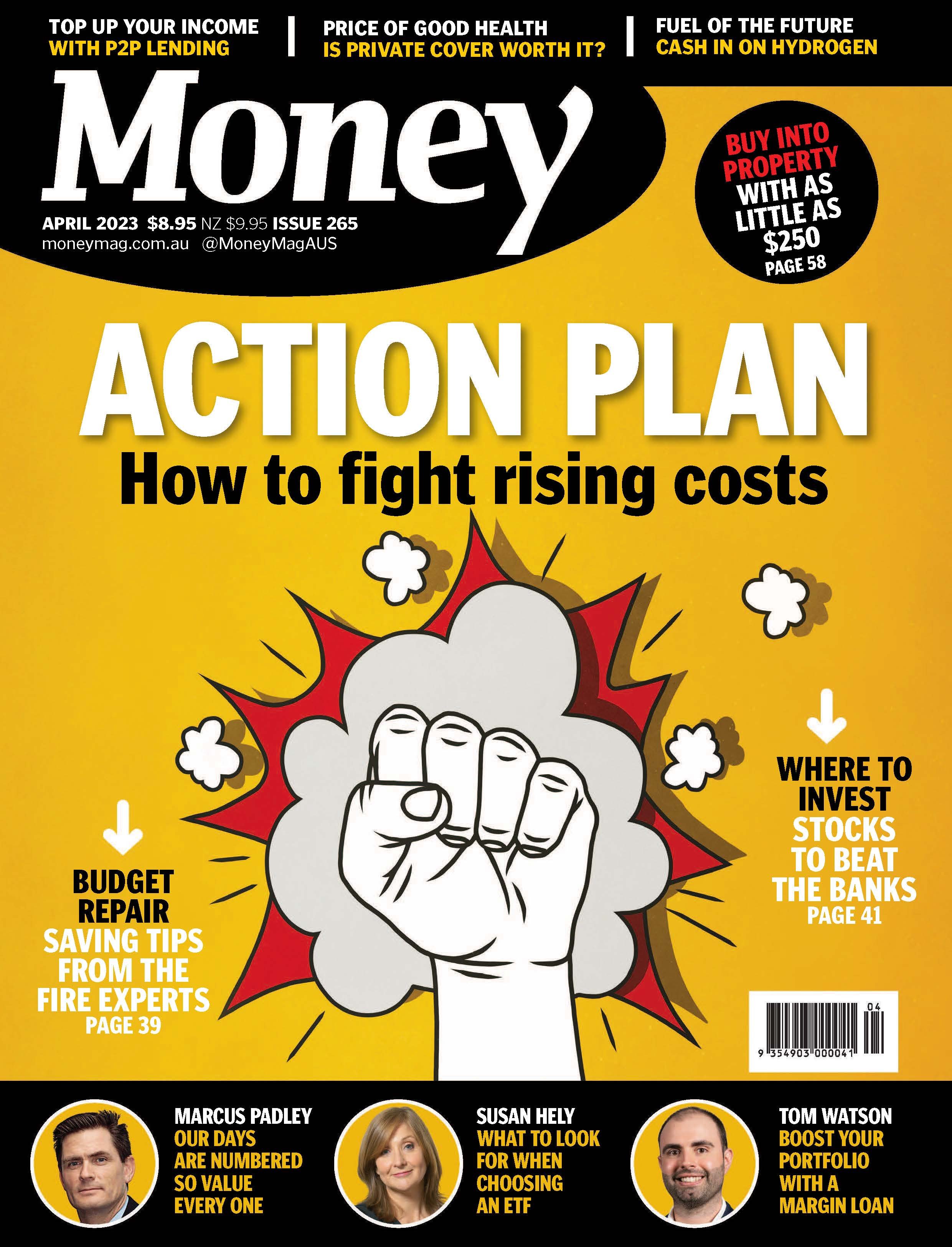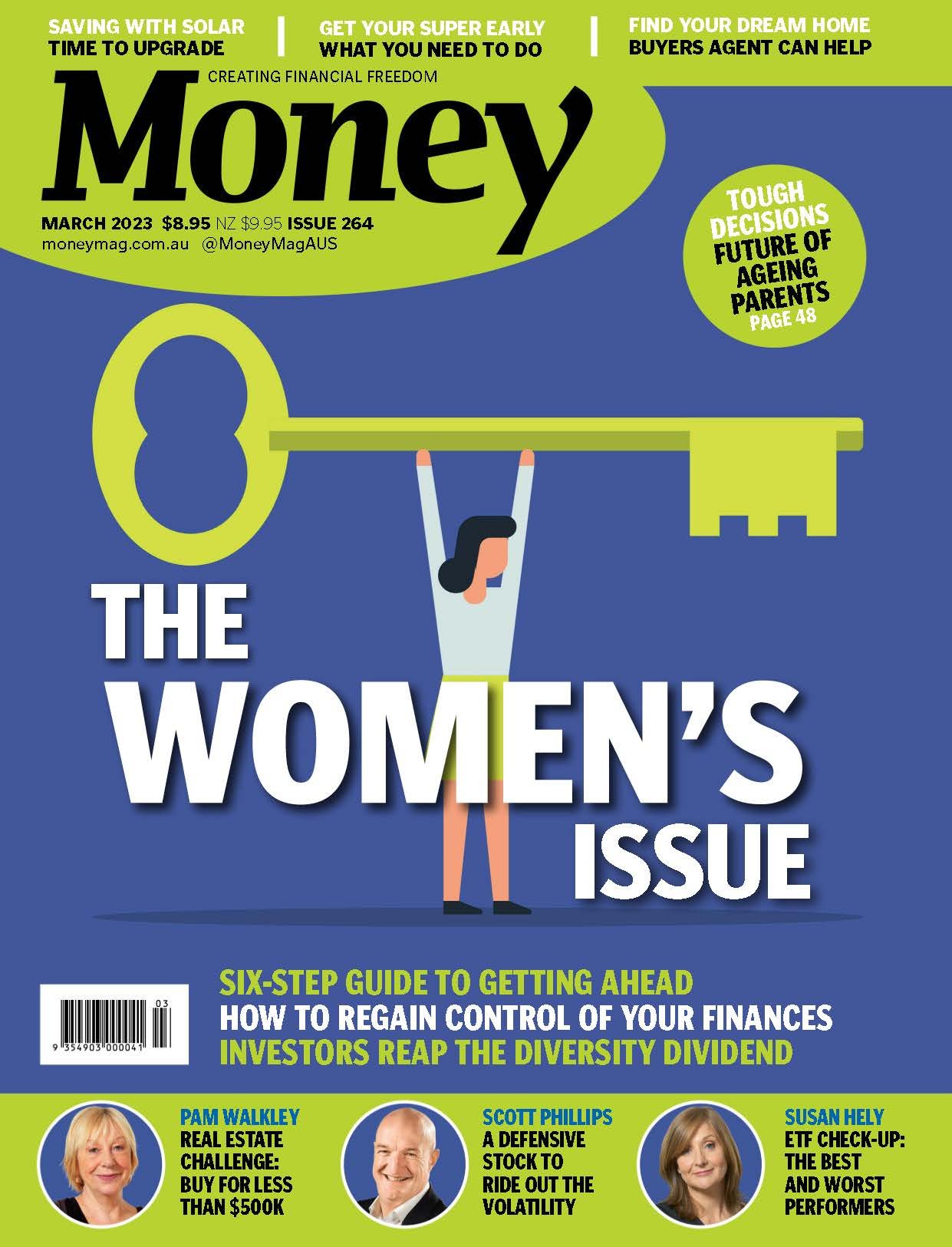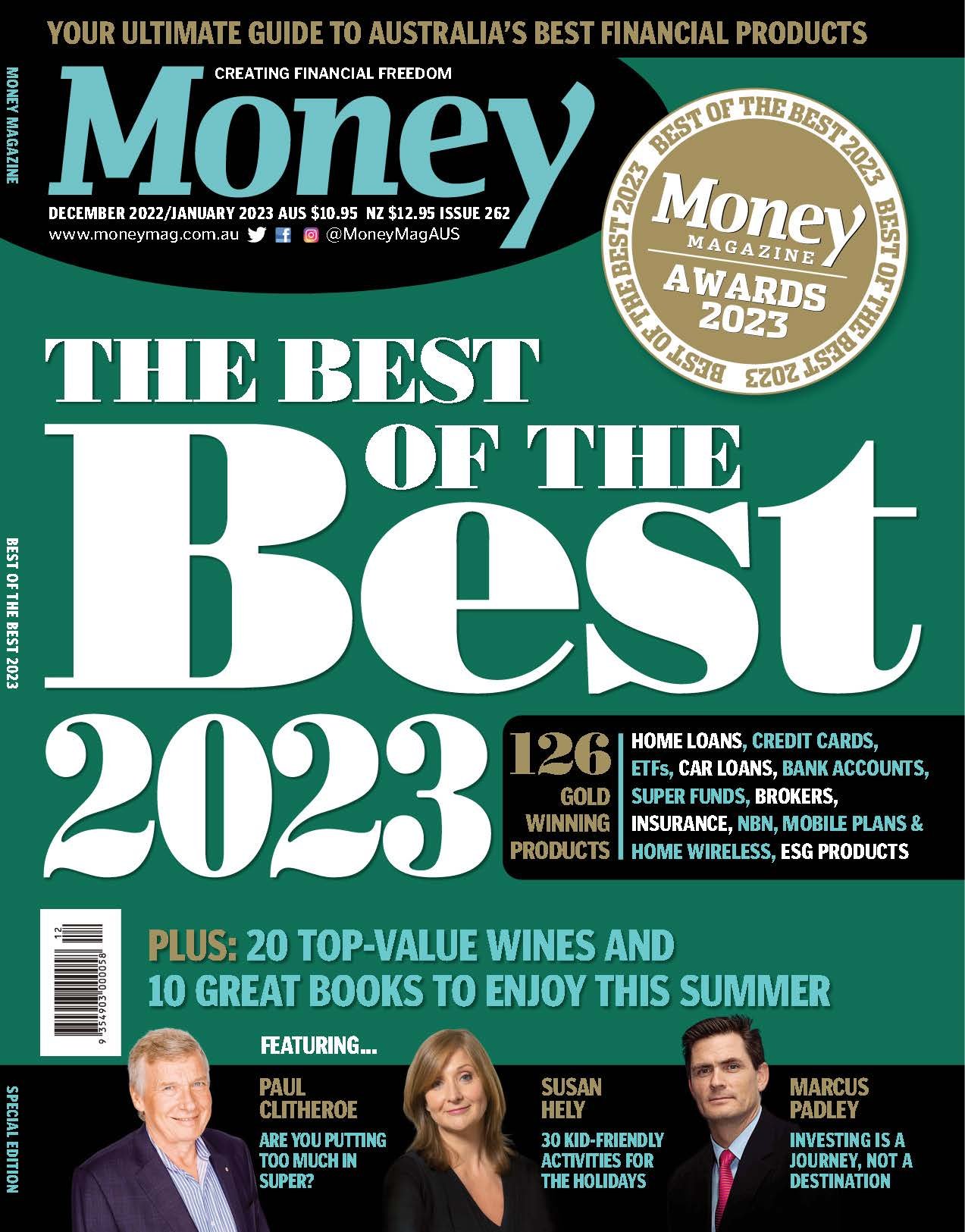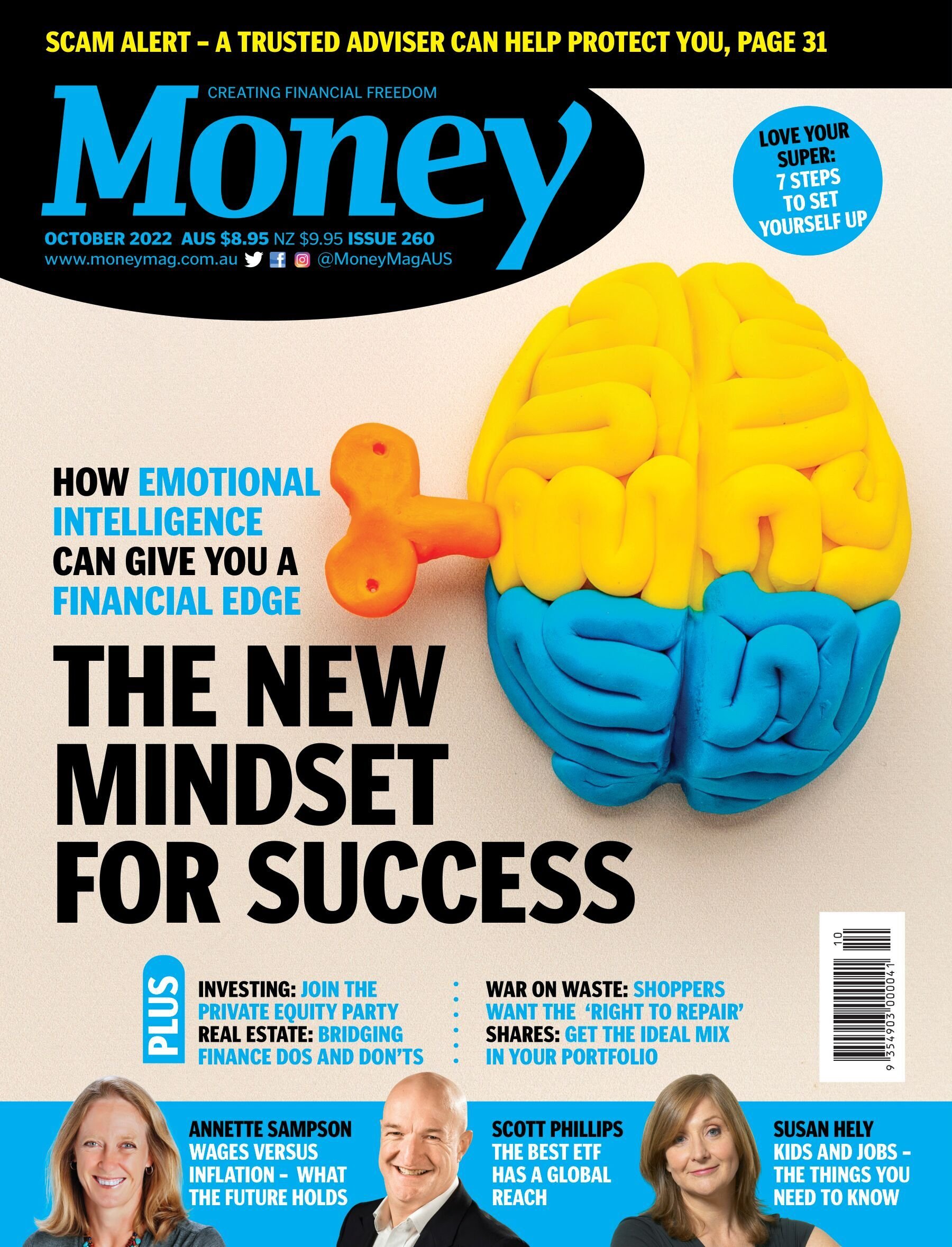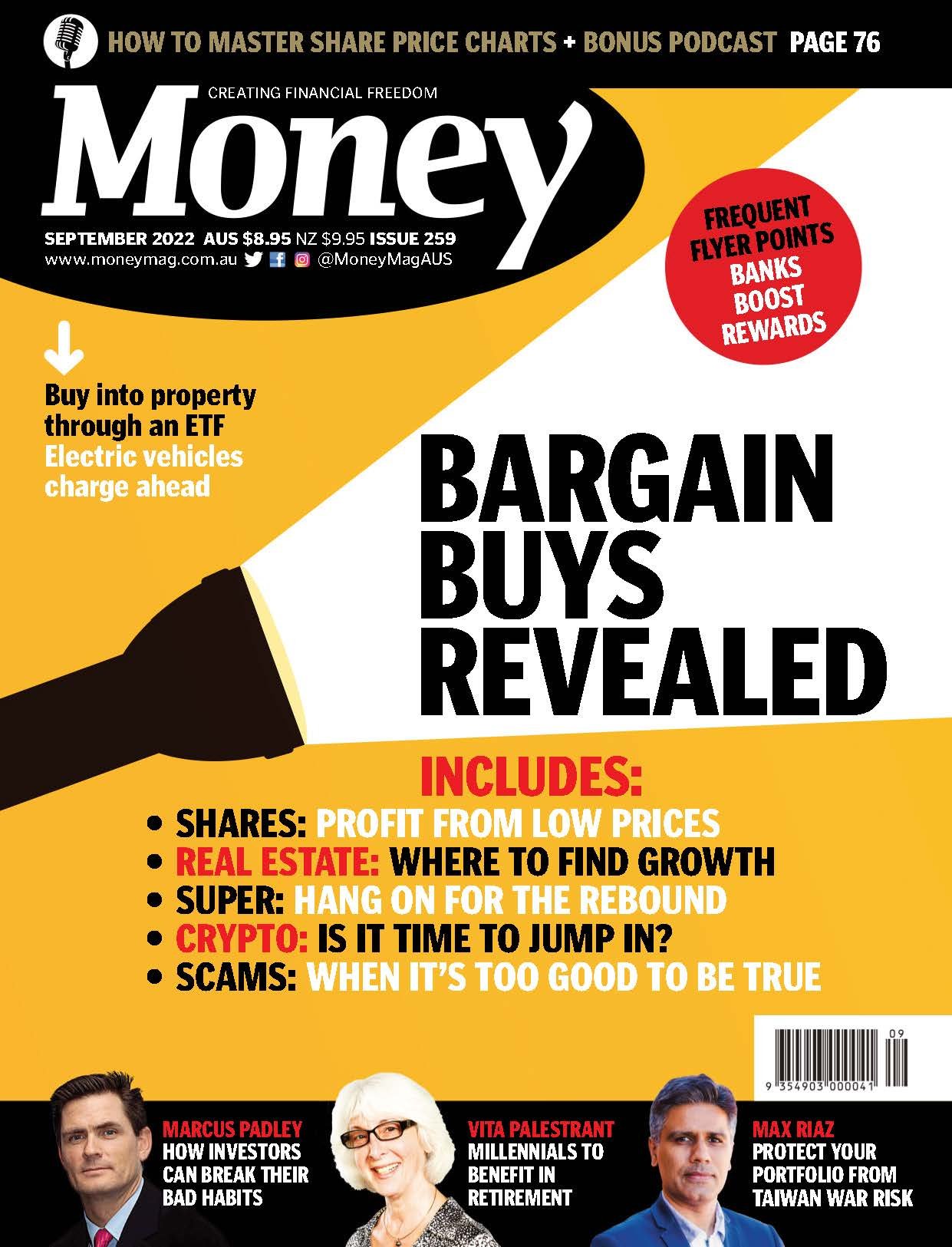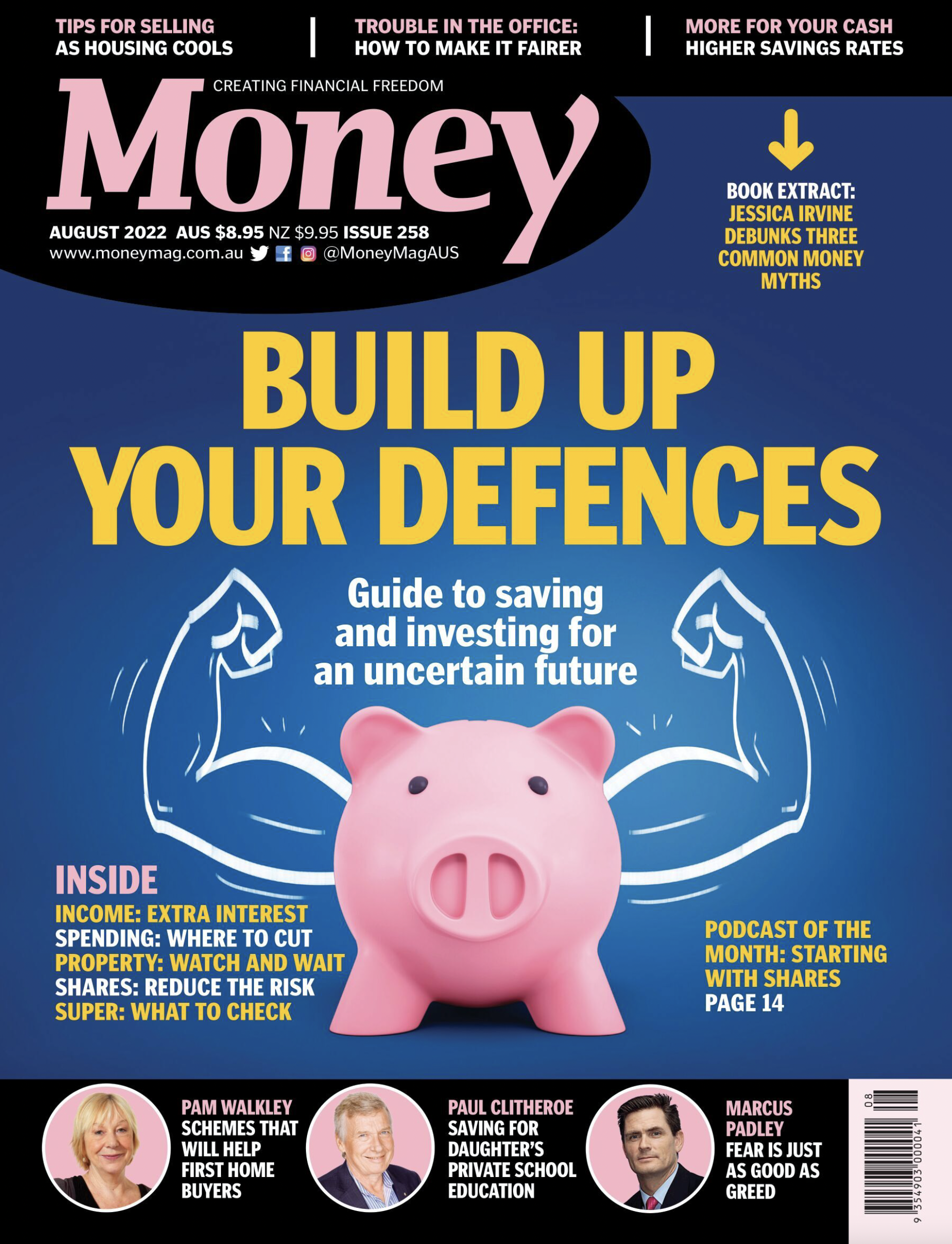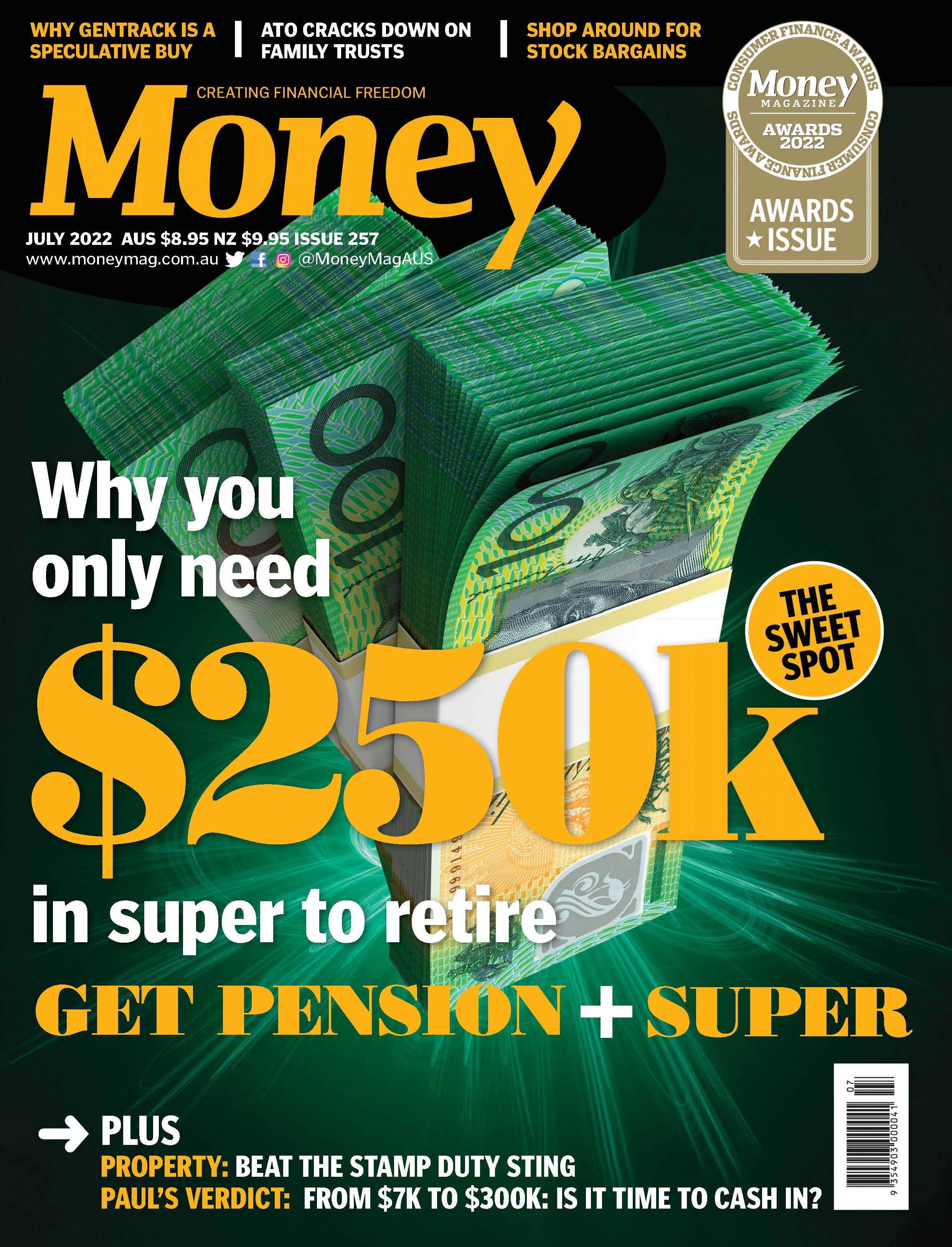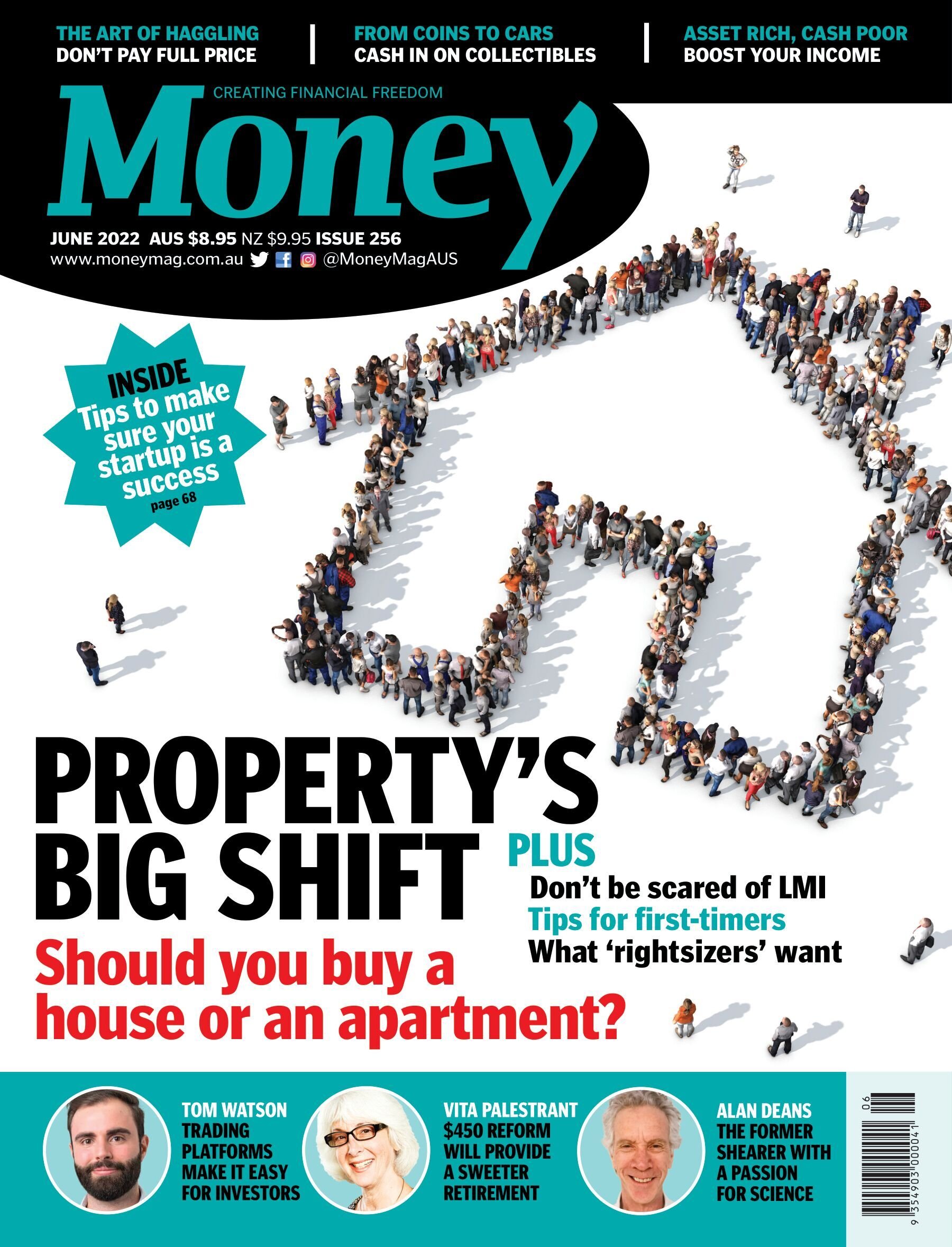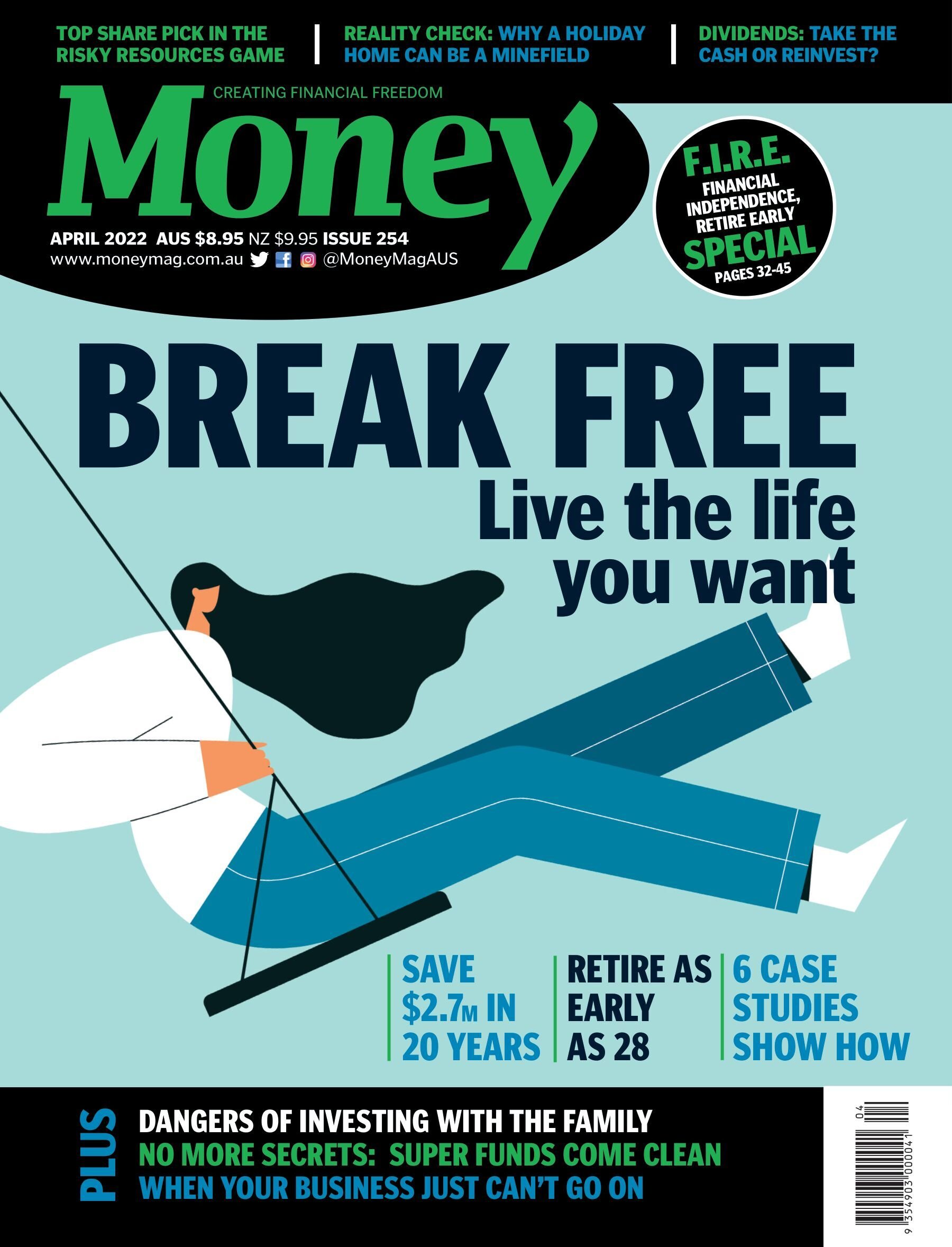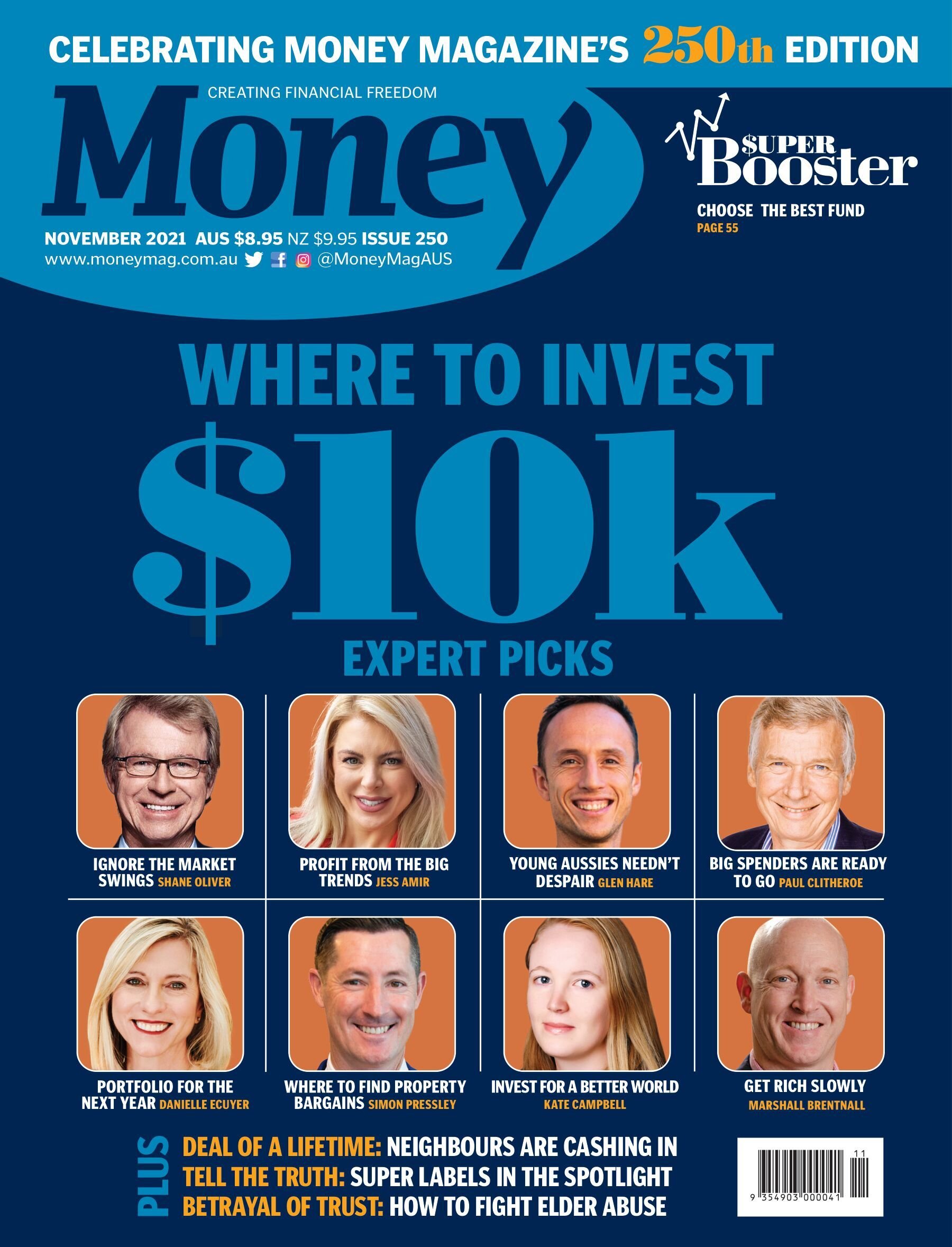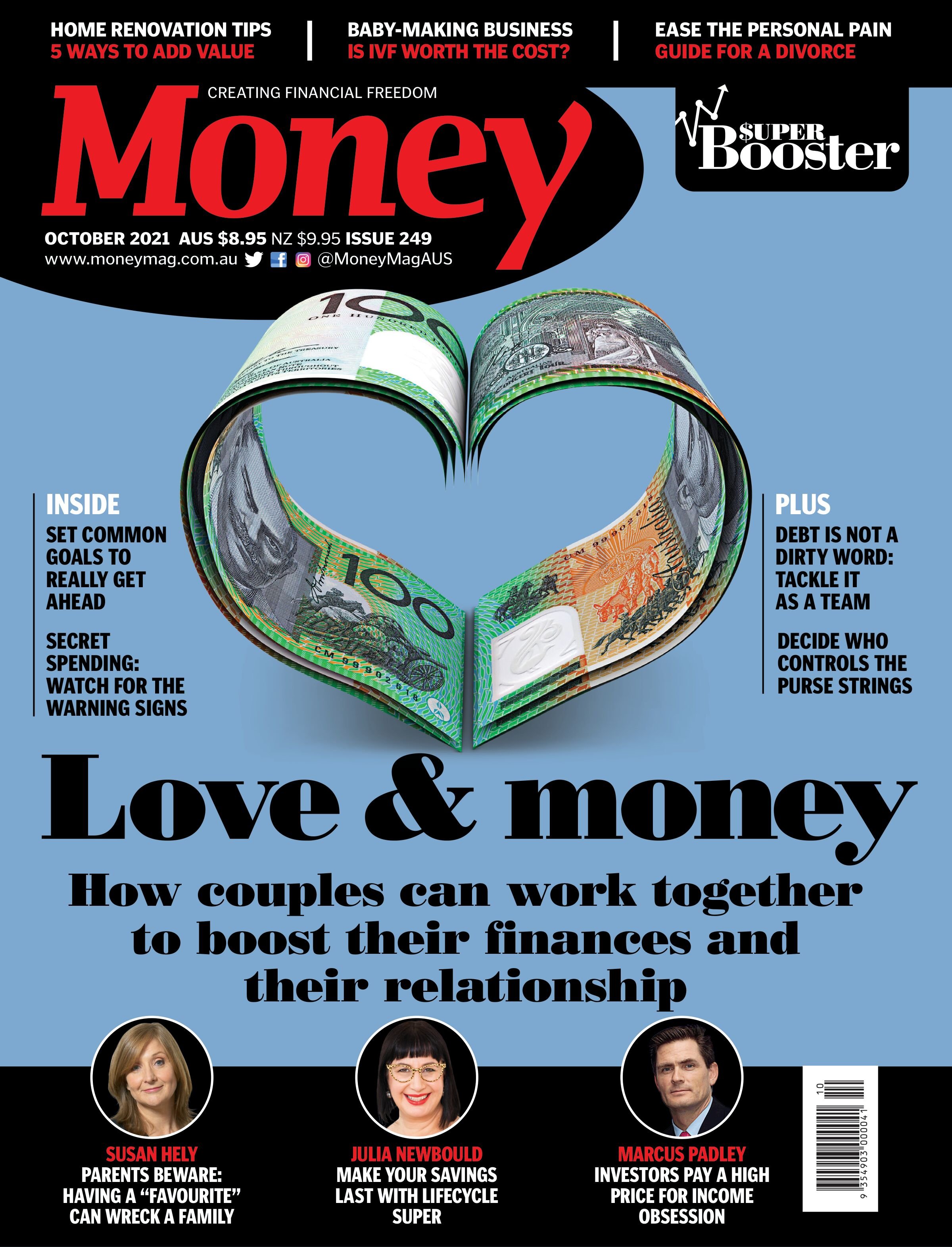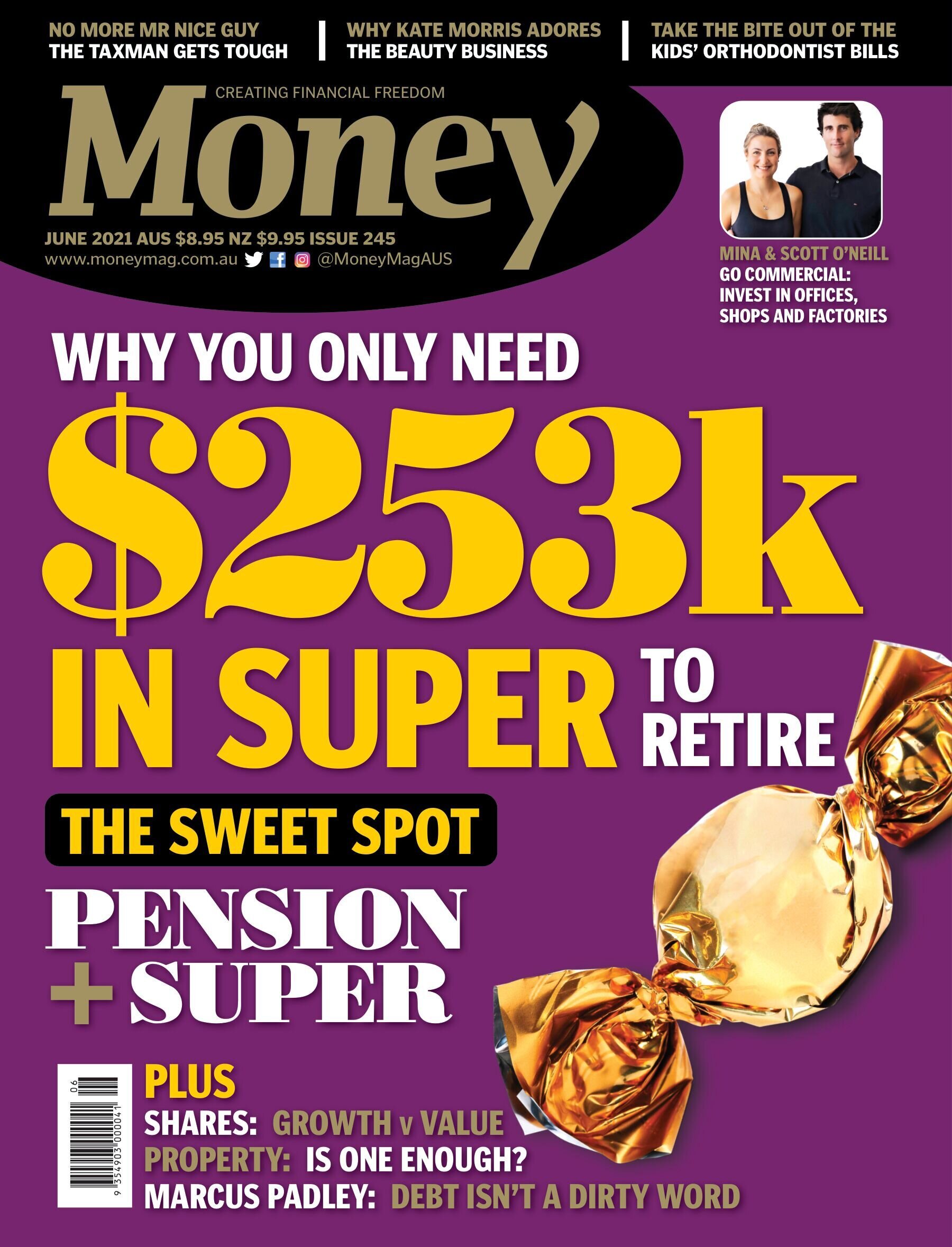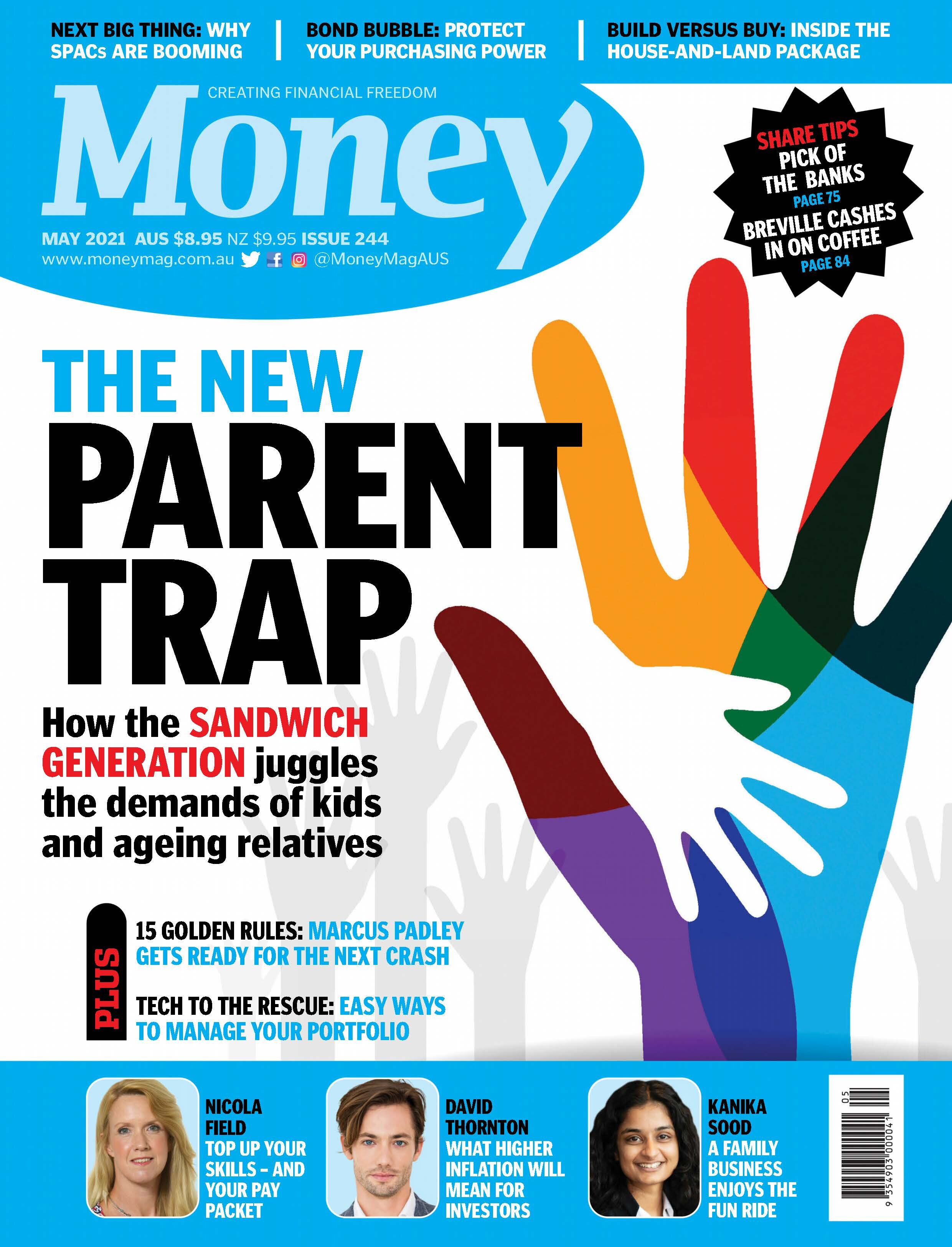Current themes to consider when investing in volatile markets
/Volatility is a concept best understood through personal experience. Many of our readers and clients have been around long enough to experience various market cycles and price volatility of their investments during cycles. We often get asked the question, whether it is the right time to buy or invest? From experience, we can comfortably state that it doesn’t matter whether the markets are rising, falling, or are at the bottom, curious investors will always be asking this question. The answer is never a straight forward yes or no.
Bitcoin price is one recent example of how extreme volatility can play out. The price rose from $US1,200 in Jan 2017 to just over US$19,000 in Dec 2017 and then fell back to around $US4,400 by Dec 2018. Today, in Dec 2019, Bitcoin price is back up around $US11,100. That’s volatile and clearly it has led to Bitcoin investors experiencing lots of gain and lots of pain in a very short period of time.
Source: Banyantree
So how does that translate to investing in other assets that may be experiencing bubbles and volatility?
When we look around the world right now we feel that volatility may pick up a little but not a lot. The US economy is doing fine, there was over $1trillion of capital return through buybacks in the US, and the Fed Reserve remains accommodative to support the economy and markets. Politics remains a source of some volatility for markets but we see the China/US trade issue to be a work through solution whenever it happens though US federal election in 2020 may cause some bumps along the way. We will be looking for opportunities to take positions as volatility brings dips in the market and take profits into hyper rallies.
Our research team at Banyantree has frequent discussions, amongst ourselves and with client financial planners, on the length of this economic cycle, which just keeps going. The greatest of market economists are currently flipping the coin on the timing of the next US recession as no one can say with real confidence when it will come. The issue is that the current cycle is not typical in the sense that it is not riding on just two wheels where market watchers just watch for indications when the wheels will fall off.
Every time there is even a risk of wheels coming off the US Federal reserve and its counterparts around the developed world stand ready to bring out countless other support wheels to keep the economy and markets in forward motion. Equally, whenever there is a shift from the technically driven market (with many support wheels) driven by the wall of money to a fundamentals driven market (with two wheels) the communication from the Fed gets hawkish and spooks investors’ confidence in markets and economy.
So, while this backward and forward posturing by the Fed continues the other major issues of trade war between US & China and upcoming US elections may cause volatility in markets. There is an innate belief amongst investors that no matter what the volatility is that central banks have kind of a free lunch right now through low unemployment and low inflation, they are going to be very careful to not tighten too fast and will use their powers to come to the rescue of markets and economy like they did during the global financial crisis in 2008. They will throw enough money into the system to keep whatever happens muted.
Sustained earnings growth is another reason market volatility remains in check. If you look at S&P500 earnings chart below, the earning per share for the aggregate index has grown quite consistently over the past ten years. From a political angle in the US, Donald Trump is going to do whatever it takes to get re-elected and some might argue that his chances are pretty good short of any impeachments. He will likely cut a deal with China post re-election and in the interim he will likely place lot of pressure on US Fed Reserve not to make any missteps and spook voter confidence heading into the election.
In Europe, there is lot of political instability but at the same time Italy, the UK, and others are pushing through their issues. At the moment it feels like all the issues that are out there that could create a recession appear as if they are going to be mitigated. At the moment the Banyantree Research team is investing in businesses that we feel will be better positioned to weather an economic recession should it rear its head. We like multinational brands with globally diversified and multi-currency footprint. We are looking at region by region and investing in companies that are able to deliver sustainable growth. We are investing in companies with strategic advantages particularly in the space of digital market places, fashion brands, electronic gaming & digital entertainment, and healthcare.
When evaluating companies in dislocated or volatile markets we aim to not get muddled up between the price of a share in a company and our true understanding of a company’s business. We spend a lot of time evaluating a company, talking to its management team, gaining an understanding of its business, its strategic direction, list of things that make a company special compared to its peers and the nuances and direction of the industry it operates in.
The process can take over a year from the time a company comes on our radar, after having met our extensive screening process, and the time we take an initial position in the stock. Some may take longer. So if something looks cheap does not mean we will necessarily rush to buy it.
Private market is no place to hide
A typical private equity firm when buying assets thinks about what price, valuation, timing, and conditions they will need to eventually have to sell the asset. The current risks we see in private markets are quite high for investors being charmed in by high return potentials and celebrity style profiles of PE firms.
The conditions for PE industry couldn’t be better if you look at how much capital is going into the industry combined with cheap debt they have on tap. The risk of doing new acquisitions funded by freshly raised cash is that the current prime conditions of the PE industry could very well reverse and valuations may tank if there is an economic slowdown, operating cashflows dry-up and funders retreat. There is around $2 trillion of unallocated capital sitting with PE firms chasing assets. The sector has never before seen this much built up capital.
With so much capital wanting to settle into assets it would not come as a surprise to our readers and clients that PE deals are being done at record valuation multiples of 11x EBITDA. The current acquisition multiples are even higher than the average multiple paid during the GFC.
Source: Bain & co.
High multiples, a dearth of targets and stiff competition continue to be the biggest challenges for PE firms looking to close deals. The leverage finance markets are wildly aggressive right now. The debt is flowing freely to fund PE deals which is pushing up prices of acquisitions even more. Debt is being provided on leverage multiples of 5-6x EBITDA. Which is high in and of itself but a lot of these forward EBITDA assumptions include 20-30% of savings that PE firms are seeking to extract. And when you back out these assumed savings to EBITDA the actual leverage is around 7.5x EBITDA multiple. So private equity investors are in a tough position right now.
Source: Bain & co.
China has firepower
Global investors have the tendency to underestimate the strength of People Bank of China in stimulating the Chinese economy. We need to remind ourselves that Chinese government and PBOC are not stand alone entities in that they operate closely together. China and US together contribute 70% of the world economic growth in almost equal proportions. What PBOC does, has consequences for the rest of the world.
If you look at China’s near neighbour, Japan, you would notice that they have spent the past 15 years propping up their fixed income market by pushing lower their interest rates across all maturities. The rates are now negative. The lesson of propping up fixed income markets in Japan and Europe is that central banks tend to get stuck in the cycle of pricing up their respective sovereign debt with ever decreasing interest rates which eventually become negative. Or put another way, since the GFC, central banks have adopted what is known as modern monetary theory. Which effectively means that big governments that use their own currencies such as USD, Yen, Renminbi, Euro to borrow can issue as much debt as they need by simply getting their central bank to buy this debt in exchange for freshly minted cash specifically for this purpose.
The idea appears appealing but is rife with inherent dangers of investors getting spooked by never ending cycle of debt issuance and unchecked government spending. But who needs investors when you are a reserve currency government and can lend to yourself! The above strategy runs a real risk of significant currency devaluation if investors decide to flinch. Under that scenario, gold and precious metals may become increasingly attractive as alternative stores of value for investors seeking safety from devaluation of a fiat currency.
The Japanese, US, and some of the European governments are borrowing incessantly and putting modern monetary theory to full use and yet no one cares of the risks and while China which is in a similar spot of potentially needing to issue lot of debt at decreasing rates to take care of its souring private market loans people start to fret. So why is China’s debt risk viewed as a special case? To work through the private debt (if it comes to that) China will likely issue sovereign debt (with PBOC as counterparty) to nationalise the underperforming or non-performing segments of the private debt market. Additionally, China has a massive war chest of USD3 trillion cash reserves to take on any economic woes that confront it.









